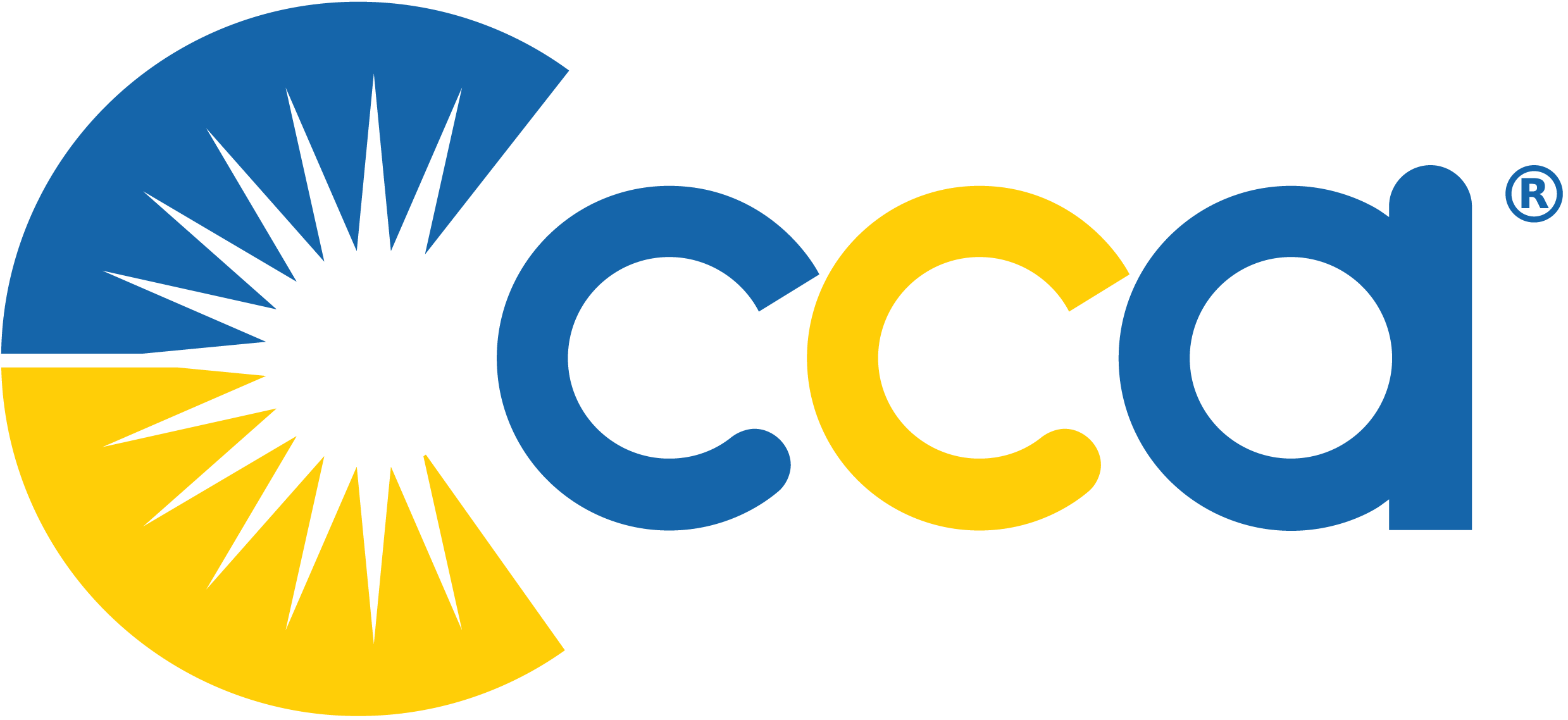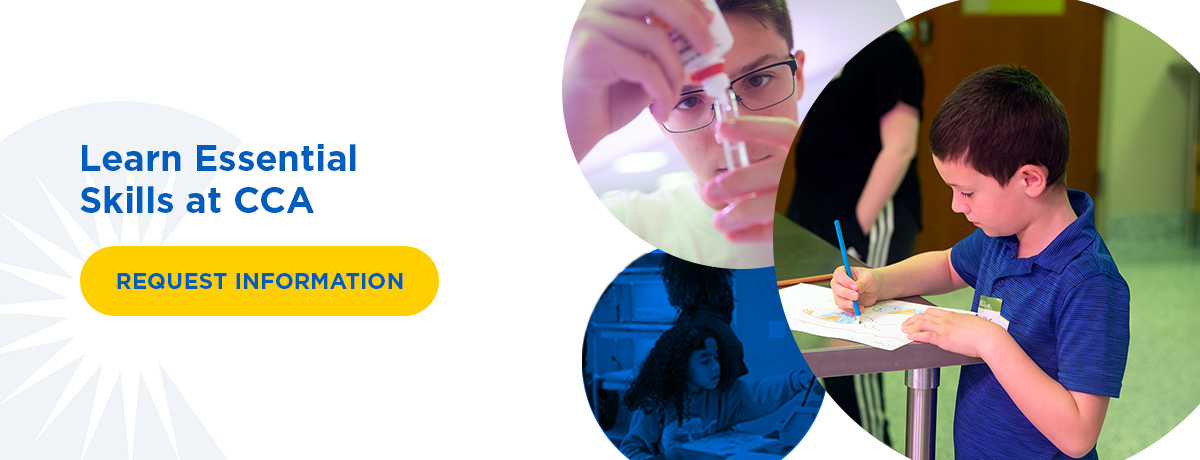Education is an essential part of a child’s life. With advances in research and technology, we’re learning more about the importance of personalizing education for students. By equipping students with adaptable learning strategies, they can customize their approach to education to fit their unique needs.
Sketchnoting is a more visual method for taking notes that engages students’ brains, encourages active listening, and helps them improve their note-taking abilities for better retention. Let’s explore sketchnoting and how it can benefit your child in and out of school.
What Is Sketchnoting?
Sketchnoting is a note-taking technique that combines standard written notes with visual sketches and graphics. It is a more creative style of note-taking that integrates eye-catching, memorable visuals with supplementary written notes for a more unique and effective way to communicate information.
Many kids find themselves doodling instead of taking notes in class or have trouble writing down all the information they need in one session. Visual notes can redirect that distracted energy into creative messages that allow students to capture information on the page more quickly than writing everything down. Your child can implement this note-taking style to improve their study materials’ quality.
How Can You Use Sketchnoting?
Sketchnoting is more than just taking notes — it offers a new strategy for students to use in their education. The infinite creativity of drawing combined with written notes means sketchnotes are extremely useful for students. They’re the perfect personalized note-taking style. There are several ways to use sketchnotes — the key is to get creative.
Some of the situations where you could use sketchnoting include:
- Watching YouTube videos
- During classes
- While setting daily, weekly, monthly, and yearly goals and schedules
- While reading a book
- During a journaling session
There are two main categories of sketchnote:
Experienced-Based
Experienced-based notes are an excellent place for kids to start practicing visual notes. They’re taken after an experience has happened or when you’re learning something for fun on your own. Activities like journaling, watching a show or movie, trying a new restaurant, making a recipe, or traveling are all opportunities for experience-based notes. Kids can jot down their thoughts or reviews for a visual note record of what they thought of the experience.
Lecture-Based
These are your standard note-taking sessions — someone is sharing new information with you, and you’re taking notes to keep track of it all. Common lecture-based note-taking sessions include meetings, classes, conferences, workshops, and lectures. Kids can use sketchnoting during their school classes to quickly get all the important information down.

What Are the Advantages of Visual Note-Taking?
While standard written notes are the norm, traditional note-taking leaves students with pages and pages of small, similar-looking characters. Reading and studying an entire page of text can be difficult and slow. Visual note-taking can include page breaks, unique shapes, and intuitive flow that make reading notes easier and more fun.
Besides being easier to read, sketchnotes are better for retaining information and activating your brain. Organizing information into pictures and words engages multiple parts of the brain. Students aren’t just writing — they’re thinking about how to map information out and what drawing suits the information while using their motor processes to put pen to paper. These complex motions force kids’ brains to think about, process actively, and retain everything they’re hearing — making them better students while they work.
An added bonus of this process is improved student organization skills. With regular notes, kids write line after line with some spacing for titles and bullet points. Sketchnoting requires organizing elements like words, pictures, arrows, and more. Kids gain a better understanding of organization and can adapt their notes to the space they’re working with more easily.
Sketchnotes in the Classroom
Getting started with sketchnotes might seem overwhelming at first — it’s a totally new way to take notes. With an unlimited number of drawing options, where do you start?
Once your student is ready to try visual notes, give them the right tools. These will help them efficiently sketch their notes during class. Some tools they’ll need are:
- Paper
- Pens
- Pencils
- Highlighters
- Markers
They might not choose to sketch with all these tools, but give them options to find what works best for them. Highlighters are great for adding emphasis, while markers can draw attention to information or add an extra flair to notes. Let them experiment on their own time before giving it a shot during class.
Kids can use sketchnotes during most of their classes, but they might have more trouble with some subjects. Have them start with sketchnotes in one class, like science, where the lecture format is more standard. It’s harder to sketchnote in classes like English if they’re reading out loud or acting out chapters instead of taking traditional notes. Once they feel comfortable in one subject, let them try it out elsewhere.
As with any new skill, they’ll have to practice to really get the hang of sketchnoting.
How To Take Sketchnotes
Now that we know what sketchnotes are and why they’re great, how do we do them?
1. Understand the Main Topic
Start with the over-arching topic for the lecture. Write it big and bold at the top of the page, so you know you understand your page subject.
2. Use Active Listening
Paying attention is an easily overlooked but excellent note-taking tip. Kids have to draw concepts and write quotes, so they must pay attention the entire time.
3. Focus on Ideas and Quotes
Don’t try to draw everything — focus on core ideas and meaningful quotes. Put these in your notes and work around them. It’s hard to differentiate at first, but kids will learn to identify main points and big ideas in their sketchnotes while filtering outside information.
4. Add Flair
Use arrows, underlining, stars, bubbles, boxes, and more to emphasize ideas, quotes, and flow. Don’t be afraid to test out a few different flairs to find your favorites.
5. Stay Simple
Over-sketching leaves you with the same clutter as traditional notes — important information will get drowned out, and the page will be too busy to read efficiently. Don’t be afraid of blank spaces. Try to get the main points in your notes, so you have only essential information.
Learn Essential Skills at CCA
At CCA, we assist students in developing visual thinking and note-taking skills to enhance their learning experience. We structure our learning programs around your students’ skills and needs to help them learn in a way that’s best for them. Our programs encourage and help engage young minds and equip them with the skills for educational and lifelong success.
Find out more about how your child can take advantage of our forward-thinking education practices. Request more information at CCA today!




